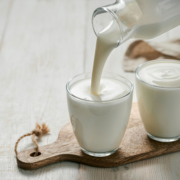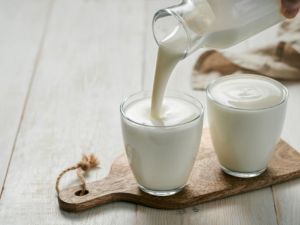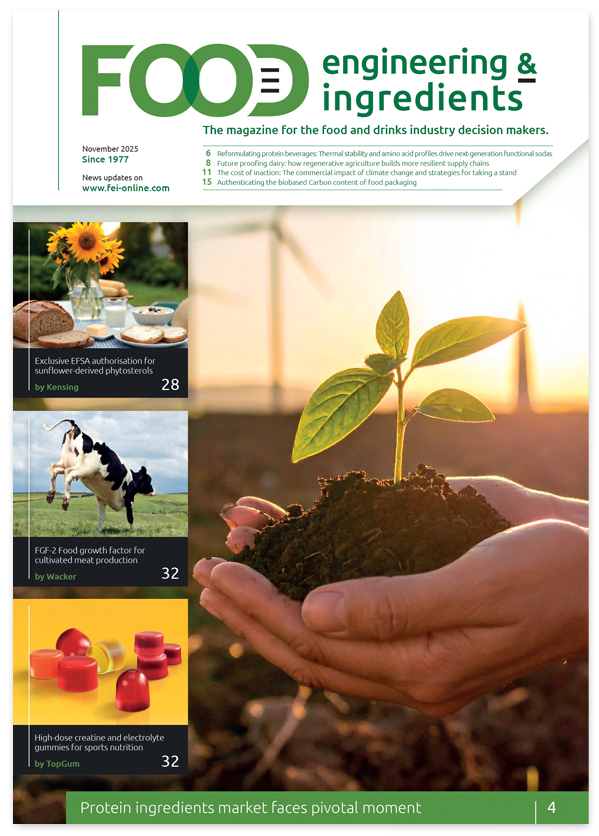New sophisticated simulation models can help reduce yogurt spoilage by yeast
Spoilage of yogurt by yeast poses a problem for the dairy industry that includes economic losses from wasted product. Understanding the effects of factors such as storage conditions, yeast species, and bioprotective cultures on yeast spoilage can help yogurt producers make decisions that improve quality and minimize loss. In an article appearing in the Journal of Dairy Science, scientists from the University of Copenhagen, Chr. Hansen A/S, and Cornell University developed predictive models that evaluate the effects of a bioprotective culture on yogurt spoilage.
Between 11% and 25% of dairy products are wasted globally, in part due to fungal spoilage. One method to reduce fungal spoilage is to add food cultures known to have bioprotective effects that delay growth of unwanted microorganisms during shelf life. The authors of this study were the first to develop Monte Carlo simulation models to estimate yogurt spoilage caused by yeast that included the initial contamination level, different yeast species, storage conditions, and the addition of food cultures with bioprotective effects.
“These predictive models allowed for prediction of yogurt spoilage caused by different yeast species, as well as the effect of including bioprotective culture in a yogurt product to reduce yeast spoilage,” said first author Line Nielsen, PhD, Department of Food Science, University of Copenhagen, Frederiksberg, Denmark. “Such models can help yogurt producers understand how different parameters influence product quality and use these results to support decision making in yogurt quality management.”
Four common spoilage yeast strains
The models from this study are able to predict the amount of spoiled product when four common spoilage yeast strains are present in a production (Debaryomyces hansenii, Yarrowia lipolytica, Saccharomyces cerevisiae, and Kluyveromyces) at different storage temperatures, with or without a bioprotective culture containing Lacticaseibacillus rhamnosus over a 30-day storage period. Although the researchers found the effect of the bioprotective culture was most pronounced at 7 degrees Celsius for all yeasts compared to 16 degrees Celsius, the yeast strain had the largest effect of the efficacy of the bioprotective culture. The Monte Carlo models were validated with actual data from a European dairy.
Nielsen added: “If a dairy has a problem with a yeast strain known to have a similar growth-inhibition pattern in the presence of a bioprotective culture as one of the yeast strains tested in this study, the data from this strain can be used in the model to predict an expected spoilage level relevant for the specific dairy; therefore, the predictive model can be used as a tool that allows the industry to better evaluate the potential of improving control of fungal soilage by using bioprotective cultures at specific production settings.”
Valuable tool
The study presents a valuable tool to assist in management decisions that can help to reduce economic losses due to food waste.
Additionally, the methods used for model development can be used further for creating new and improved models.



